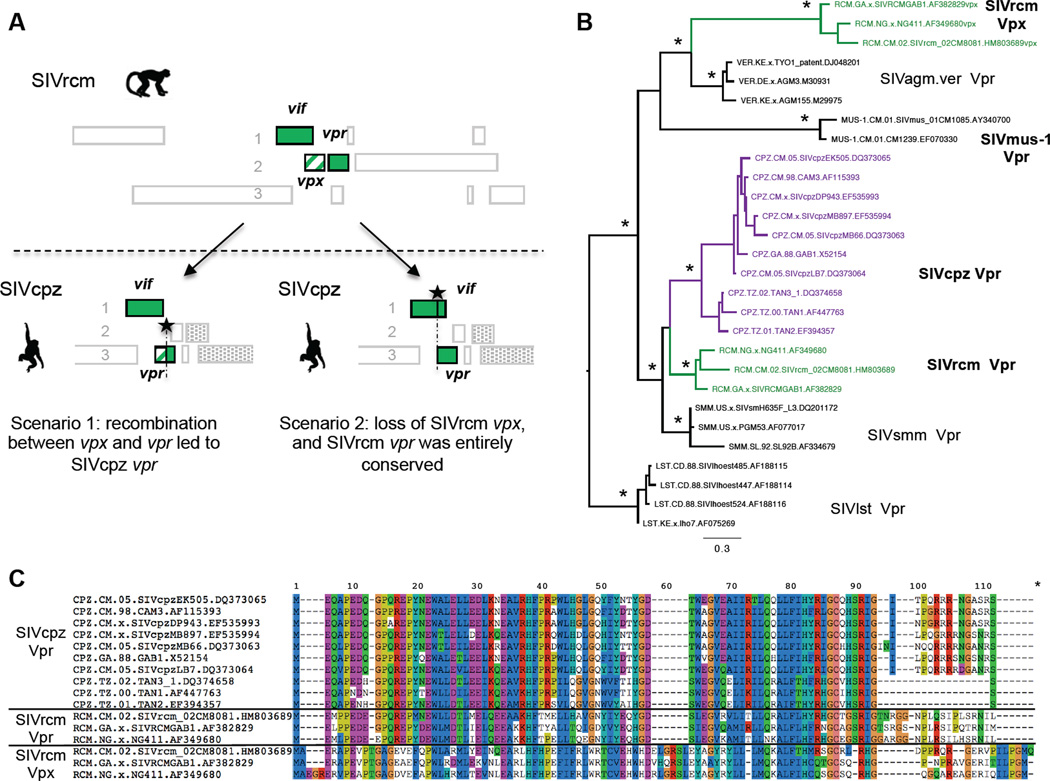Figure 1. The entire vpx gene was lost in the lineage that gave rise to SIVcpz, SIVgor, and HIV-1. See also Figure S1.
A- Two possible scenarios leading to the absence of vpx in SIVcpz. Only the region of interest spanning vif, vpx, and vpr is detailed. The horizontal dashed line represents the transmission from red-capped mangabeys (top) to chimpanzees (bottom). The potential recombination breakpoints of interest are represented by plain stars and the vpx gene is highlighted by striped lines. In the SIVcpz genome, the dotted regions correspond to the vpu gene and the env gene that are originated from SIVmus/mon/gsn-like viruses. The numbers correspond to the three reading frames.
B- Vpr from SIVcpz is more closely related to SIVrcm Vpr than SIVrcm Vpx, or SIVmus Vpr. The phylogenetic analysis was performed from an alignment of full-length Vpr and Vpx from various SIVs (trimmed alignment of 76 amino acids). The name and the accession number of each SIV are at the tip of each branch. Sequences were retrieved from www.hiv.lanl.gov. The asterisks show bootstrap values superior to 85%.
C- The N-ter region of SIVcpz Vpr is closely related to the N-ter region of SIVrcm Vpr. Amino acid alignment of full-length SIVcpz Vpr, SIVrcm Vpr, and SIVrcm Vpx.

